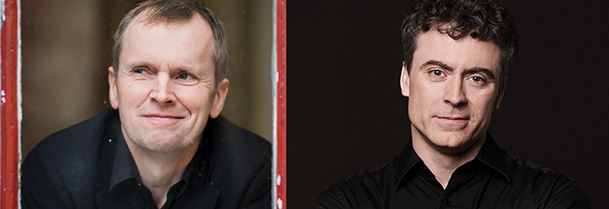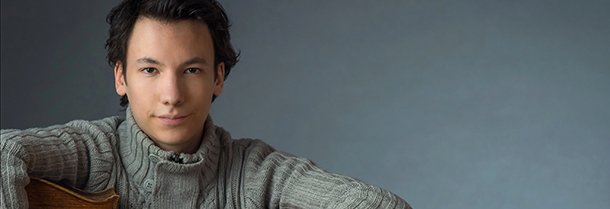Tag: Francis Poulenc
-

PROGRAM NOTES: STEVEN OSBORNE AND PAUL LEWIS
Gabriel Fauré Dolly Suite Op. 56 In the 1890s Gabriel Fauré would often compose or revise small pieces for the infant daughter of his mistress Emma Bardac (1862-1934). These affectionate pieces celebrated a birthday, a pet, or a special person in the life of the young Regina-Hélène, known in the family as “Dolly,” and six…
-

PROGRAM NOTES: EDGAR MOREAU & JESSICA XYLINA OSBORNE
Francis Poulenc Sonata for Cello and Piano Op. 143 Mozart meets Stravinsky – in a Paris cabaret. As unlikely as such a meeting might be in historical terms, it is about as good a description as you can find for the musical style of French composer Francis Poulenc. The directness of his writing, its exuberance…



